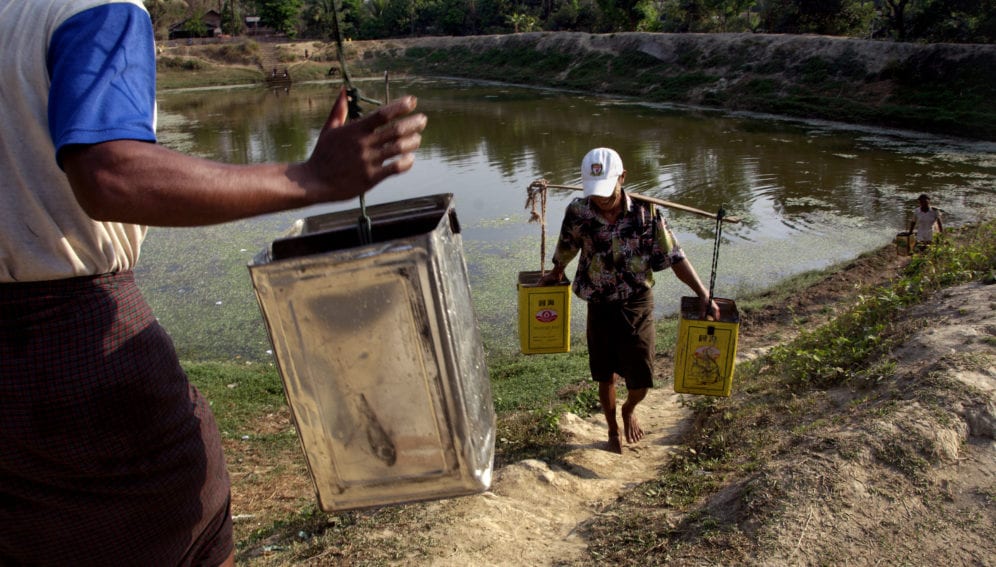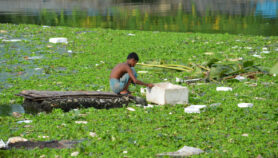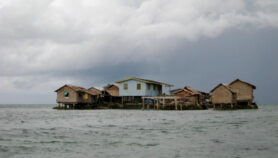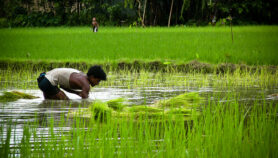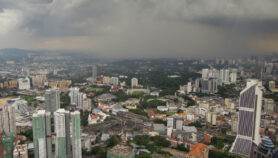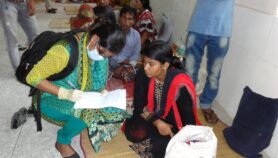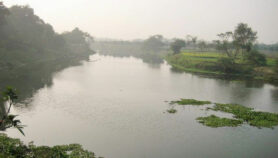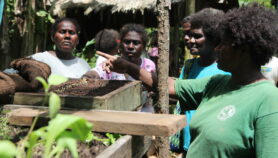By: Claudia Caruana
Send to a friend
The details you provide on this page will not be used to send unsolicited email, and will not be sold to a 3rd party. See privacy policy.
[NEW YORK] Reservoirs, dams and irrigation systems have increased water availability for much of the global population, but they have also created scarcity in many places downstream, a new study suggests.
The study, published June in Nature Communications, is among the first to provide a global accounting of regional and local water impacts caused by human intervention that has resulted in the shifting of water scarcity hotspots. The researchers found a significant portion of the population either benefitting or losing when it comes to the availability of freshwater resources.
Using five global hydrological models, the researchers examined the evolution of water availability, demand and scarcity globally from 1971 to 2010. The system approach, according to the researchers, allowed them to come up with an estimate that is more realistic than previous approaches, and which also shows greater water scarcity than previous estimates.
“It’s common sense that taking water out of a river will leave less for those people downstream.”
Ted Veldkamp, Vrije Universiteit
Ted Veldkamp, lead author of the study and researcher at Vrije Universiteit, Amsterdam, says that over a third of the world’s population was affected.
On average, approximately 20 per cent of the global population has experienced a significant increase in water availability, says Veldkamp. But at the same time, he says, “another 24 per cent has experienced a significant decrease in water availability.”
“It’s common sense that taking water out of a river will leave less for those people downstream. But, it’s not so straightforward. Seasonal changes in precipitation and water storage make it difficult for modellers to estimate water availability and impacts of interventions,” says Veldkamp, adding that the effects of climate change can be “difficult to tease out from other impacts like human activities.”
Veldkamp says the bottom line of the study is that “human interventions — the total package of irrigation activities and water withdrawals for domestic and industrial purposes, land use and land cover changes, and dam and reservoir operations — drastically change the critical dimensions of water scarcity.”
“Downstream decision-makers have the responsibility to look up. In an ideal case, both players would try to optimise (together) their stakes and come to an optimal allocation of fresh water resources that serves their collective needs best,” he says.
“The study is an excellent example on how fast growing global data availability can help to understand the potential upstream – downstream conflicts in data-poor regions, such as large parts of Africa and Asia,” says Matti Kummu, professor at the Water and Development Research Group, Aalto University, Finland.“National and international (in case of transboundary river basins) river basin organisations can use the results to have objective, scientific knowledge of the potential impacts of upstream water use to better negotiate treaties between the interest groups,” adds Kummu.
This piece was produced by SciDev.Net’s Asia & Pacific desk.


